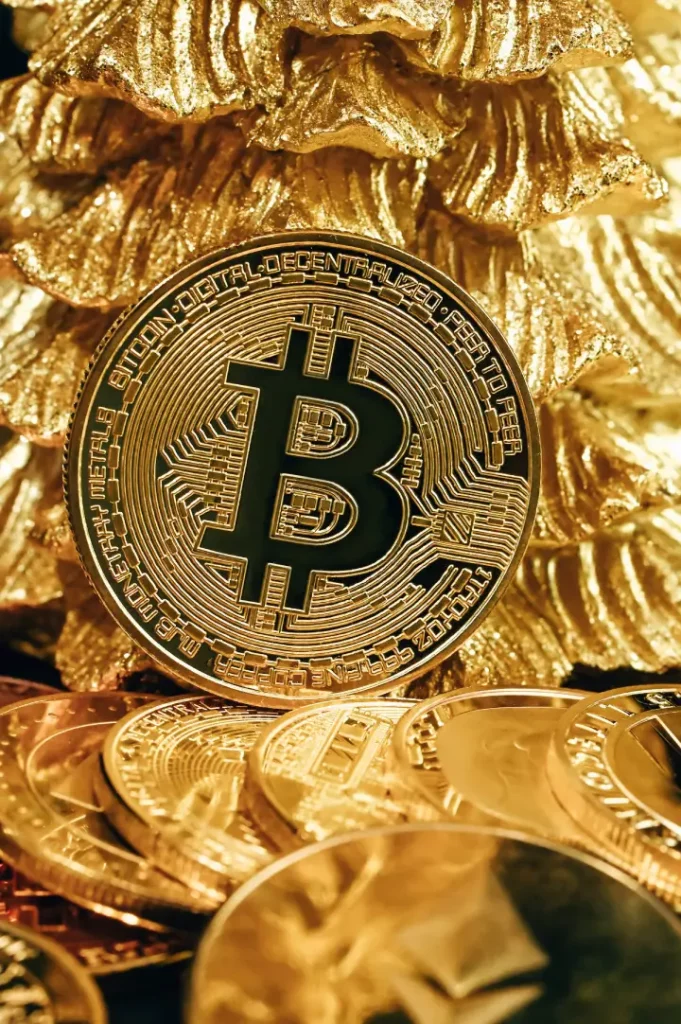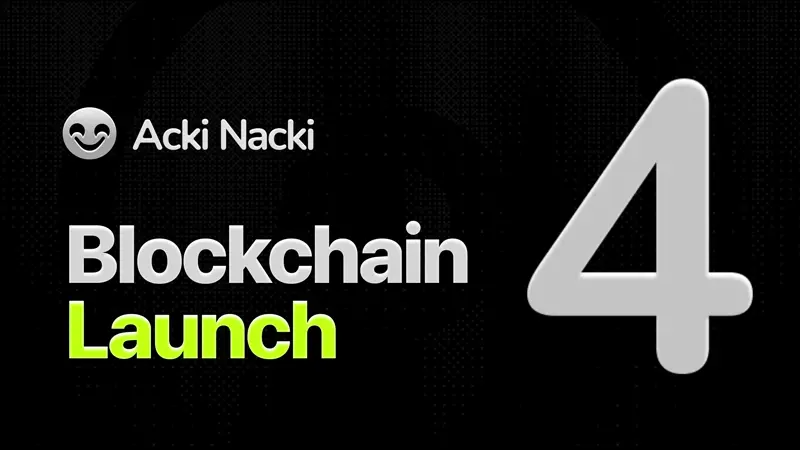Let’s strip this down to the basics.
Bitcoin was the first cryptocurrency. It works because it rides on top of the first public blockchain network. And that simple fact, public, changes everything.
With Bitcoin, you can send and receive value with anyone, anywhere on the planet, using nothing more than a computer and an internet connection. There’s no PayPal or bank in the middle. No bank clerk opening the ledger to check your name. No credit score to block the door.
This is what makes it revolutionary: there’s no middleman you need to trust. The payment rails themselves are public. Think of it like the internet. The web gave us public infrastructure for information, anyone can publish a website or send an email without asking permission.
Before Bitcoin, the only “public” payment system was cash. And cash works great… if you can hand it over in person.
Online payments? Completely different story.
If you wanted to pay someone across town or across the ocean, you had to go through private infrastructure, banks, card processors, remittance companies.
Each hop was another closed ledger, owned by someone else. Bitcoin swapped that out for one global, open ledger, the blockchain, where anyone can create an address for free and start transacting.
Is Bitcoin perfect?
Of course not. In 1972, email wasn’t perfect either.
Bitcoin isn’t accepted everywhere, it’s not how most people quote prices, and its value can swing like a drunk on a rope bridge. But the fact that it works at all, without trusted intermediaries, is a breakthrough.
This is computer science changing the rules for money the same way the internet changed the rules for communication.
And Bitcoin is only the opening act. If we can replace private payment infrastructure with something public, we can do the same for other choke points in human interaction.
Why bother?
Because the private middlemen running today’s critical systems are getting fewer, bigger, and more dangerous. The hits keep coming:
143 million Americans had their Social Security numbers exposed in the Equifax hack.
The SWIFT network moved hundreds of millions in fraudulent transfers after hackers compromised member banks.
Employees at India’s Punjab National Bank faked SWIFT messages and stole $1.8 billion, the largest electronic bank robbery in history.
In 2016, 1.2 million connected devices were hijacked into a botnet that knocked CNN, The New York Times, and others offline for hours.
IoT vulnerabilities let hackers take over baby monitors, pacemakers, and even Jeeps.
These aren’t rare glitches, they’re the predictable result of systems with single points of failure. Whether it’s a company or a government running the show, one target means one compromise can take the whole thing down.
Before the internet, communications had the same problem. A few broadcasters and newspapers controlled the flow of information. Then public infrastructure, the web, blew the gates open. Anyone could publish, and competition flourished.
Blockchains can do the same for payments, IoT, and beyond.
They remove those choke points.
Not every technical question is solved yet, but the direction is right.
Just like the early web in the 1990s, what we need now is light-touch, pro-innovation policy that lets this technology grow into the backbone of a more open, resilient digital society.





